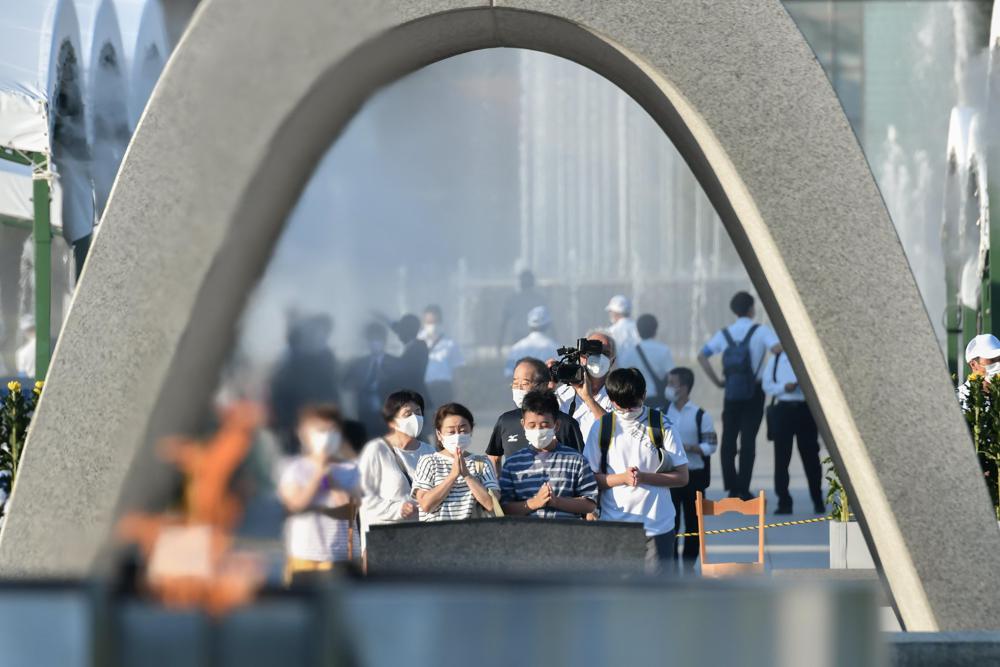Hiroshima, Nagasaki Day 2021: The devasting atomic bomb attacks on Hiroshima and Nagasaki during World War II complete 76 years. Remembered as one of the most deadly nuclear attacks in history, the incident affected thousands of lives in Japan and the death toll still remains unknown due to its lasting impact that continued to show days after the attacks.
In an attempt to carry out the 'twin attacks', the first atomic bomb was dropped on the western city of Hiroshima on August 6, 1945 by the US bomber Enola Gay. Ironically known as 'Little Boy', the bomb affected an estimated 80,000 people and tens of thousands later died of radiation exposure. Hiroshima’s devastation failed to elicit immediate Japanese surrender, another bomb 'Fat Man' was hurled three days later on August 9, this time over Nagasaki killing an estimated 40,000 people.
Devastation in the making
Known as the 'Manhattan Project', the preparation for Japan's devastation had begun nearly 6 years ago in 1939, augmented by a group of American scientists, many of them refugees from fascist regimes in Europe. In 1940, the U.S. government began funding its own atomic weapons development program, which came under the joint responsibility of the Office of Scientific Research and Development and the War Department after the U.S. entry into World War II.
Over the next several years, the key materials for nuclear fission—uranium-235 and plutonium (Pu-239), were worked upon by the scientists. The bomb was first tested at the Trinity test site at Alamogordo, New Mexico, after which Hiroshima in Japan was selected as the first target.
What caused the US to bomb Japan?
Inarguably, Japan had slim chances of winning the World War II against the US. Yet, the then Emperor of Japan Hirohito vowed to fight to the bitter end in the Pacific.
In order to avoid a high casualty rate in the US, then President Harry Truman advised the Manhattan Project scientists–to use the atomic bomb in the hopes of bringing the war to a quick end.
The Aftermath
Six days after the bombing in Nagasaki, Emperor Hirohito announced his country’s surrender in a radio broadcast. It is estimated roughly 70,000 to 135,000 people died in Hiroshima and 60,000 to 80,000 people died in Nagasaki, both from acute exposure to the blasts and from long-term side effects of radiation.

